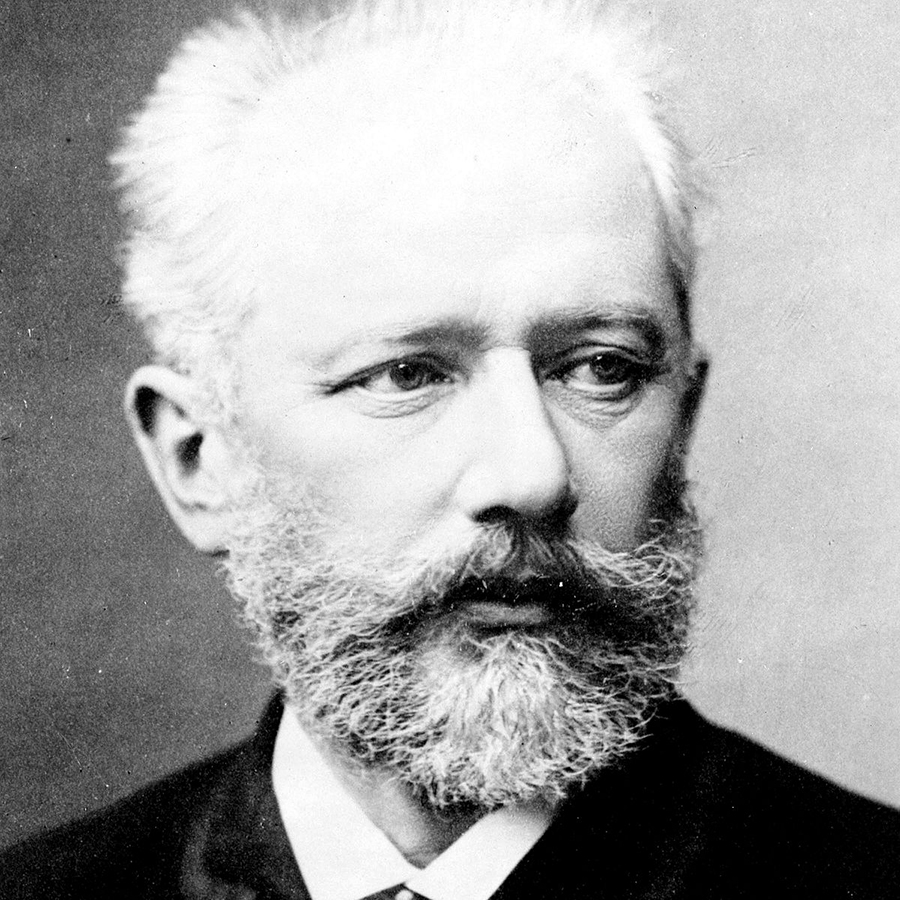
Born in Votkinsk in 1840. Tchaikovsky was the first Russian composer to gain international recognition for his music. At first he followed his father's footsteps with a Military career but he ended up establishing himself as a composer in 1874 with his Piano Concerto No. 1. He had a successful career composing Symphonic Music, as well as Operas and Ballets, with some of his more notable works being The Nutcracker and Swan Lake.
SOCIETY AND MARRIAGE
Despite his popularity, Tchaikovsky dealt with personal struggles and severe depression during most of his life. Tchaikovsky was trapped in a 19th century society with no awareness of mental health.
Additionally, the dialogue surrounding human rights had just started and was far from being mainstream. In 1832, while some countries were legalizing same sex activity, the Russian Empire criminalized it. Through a review of Tchaikovsky’s letters, historians now believe that he was gay and unfortunately he had no choice but to assimilate in an oppressive society. In 1876 he wrote to his brother Modest:
"From today I seriously intend to enter into lawful matrimony with anyone at all."
A few months later, Tchaikovsky married Antonina Milyukova and that marriage only lasted six weeks.
In 1878 Tchaikovsky was in torment and went on a tour with his brother to try to leave this traumatic marriage behind. In the following years, Tchaikovsky's composition was prolific and included Symphony No. 4 and the Violin Concerto in D major, which became one of the most famous Violin Concerti in history. Even though they are considered to be masterworks of Classical Music, they received severe criticism at that time, and left Tchaikovsky uninspired and even more depressed.
FATE AND HOPE
In Symphonies No. 4 and 5, Tchaikovsky used what was called the "Fate Motif." Tchaikovsky described the Fate Motif of his 4th Symphony as:
"a fateful force which prevents the impulse to happiness from attaining its goal, which jealousy ensures that peace and happiness shall not be complete and unclouded, which hangs above the head like the sword of Damocles, unwaveringly, constantly poisoning the soul. It is an invincible force that can never be overcome—merely endured, hopelessly.”
The 4th Symphony was not as well received as he expected. Despite doubting his composition skills and feeling uninspired, Tchaikovsky started working on his Fifth Symphony, again with a Fate motif, which was now even darker and more hopeless. This theme travels around the orchestra moving back and forth, between light and dark, happiness and despair, until the end when the initial Fate motif comes back and transforms it into a vibrant and majestic ending. It could easily be interpreted as Tchaikovsky taking his destiny into his own hands and trying to make the best of his situation. The Fifth Symphony is now regarded as one of Tchaikovsky’s most popular works. There is a reflection of Tchaikovsky’s struggles as a gay man in his music, and despite living in an oppressive Russian Society, he was resilient and able to create some of the most important Classical masterpieces.
By Alexandra Arrieche
LISTEN!
The London Symphony created a short video showing how the same tune is transformed into a waltz, a march, and more throughout the Fifth Symphony.